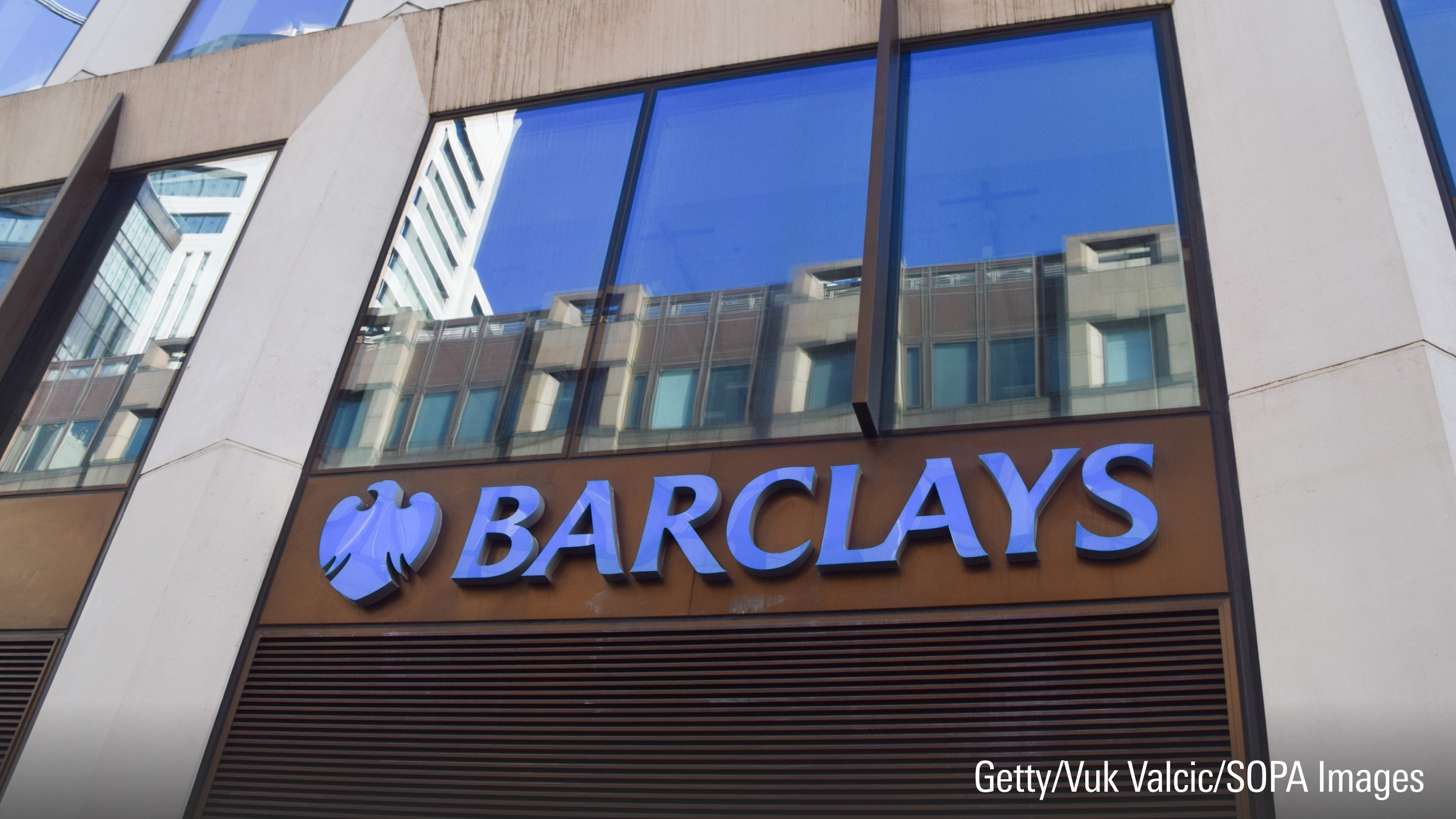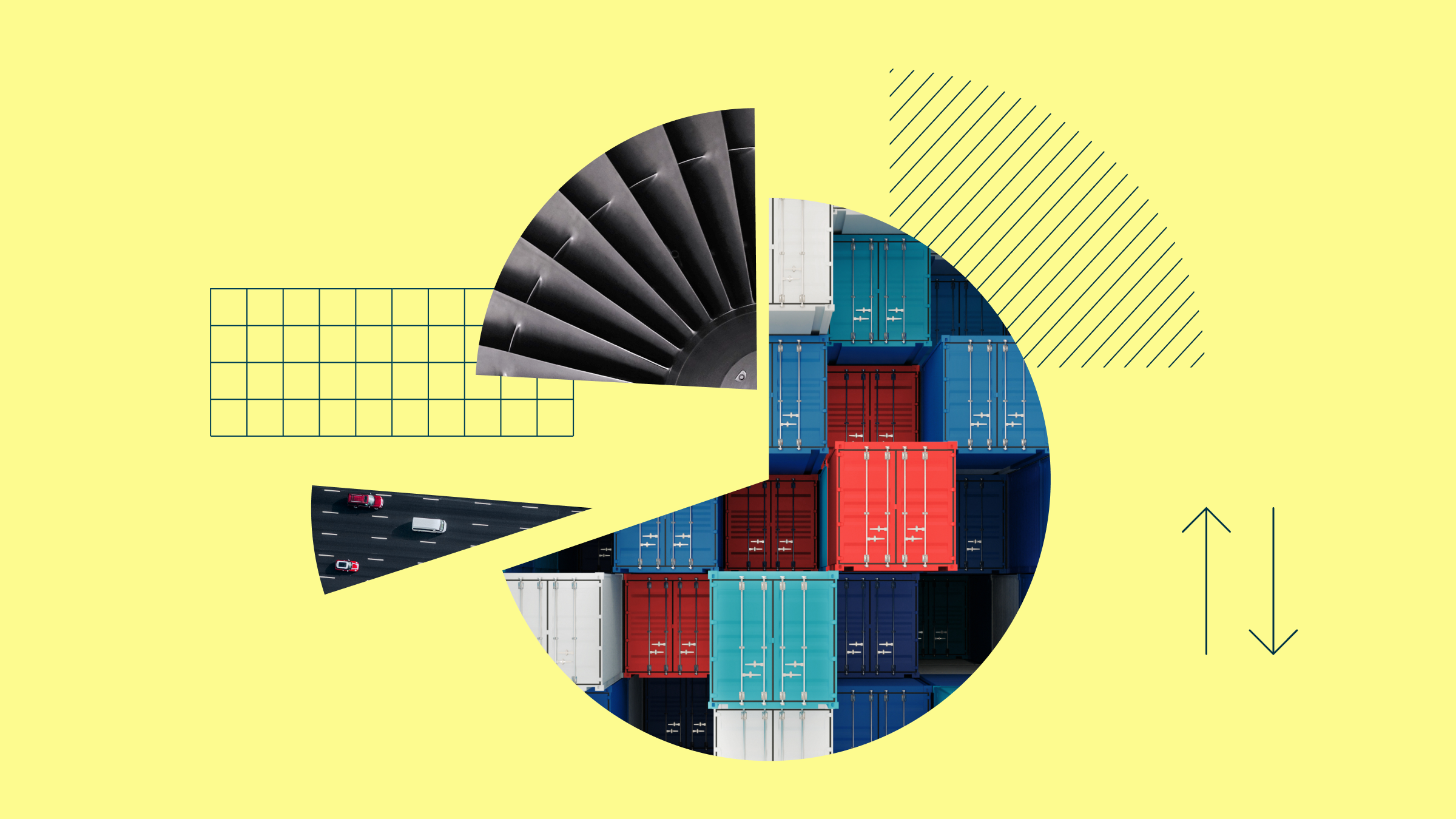Rolle im Portfolio
The iShares MSCI Europe ex-UK ETF can be used as either a core equity holding or tactical tool. While many investors may be better served with a developed Europe ETF that includes exposure to UK equities, there are certain situations and portfolio's that could find this ETF to be a useful tool.
The most apparent use of this ETF is as a core holding for those investors who already have significant UK equity exposure and want to diversify into the rest of developed Europe. As a tactical tool, it will be most useful for investors who don't want exposure to UK equities because they believe that the island nation's markets will underperform those of mainland Europe.
Despite the omission of UK equities, the index has exhibited a near-perfect 0.99 correlation with the MSCI Europe index over the past ten years. Whilst UK-listed shares generally represent more than a third of the value of most developed-Europe equity indices, their absence from the MSCI Europe ex-UK Index has not been noticeable of late as the large multinationals included in both the MSCI Europe Index and the MSCI Europe ex-UK Index share similar macroeconomic exposures.
Fundamentale Analyse
The economic outlook for the Eurozone has improved somewhat recently. Rising manufacturing activity, solid signs of recovery in southern parts of the Eurozone and a rebound of the Chinese economy are all encouraging signs for the rest of the year.
Economic data have been on the upside lately. Eurozone industrial output rose by 0.7% in June and by 2.5% in Germany alone. Although unemployment in the Eurozone came down a notch in July, at 12.1% the jobless rate remained at its highest level since the euro’s creation. By contrast, unemployment in Germany stood at a low 5.3%. Key survey data indicate that the Eurozone recovery is extending from the core to the weaker periphery, mainly benefiting export growth. The PMI for the Eurozone hit a 26-month high in August at 51.4, with Germany’s, Spain’s and Italy’s PMI reaching 25-27-month highs above the 50-expansion line. Greece’s PMI data was also encouraging, hitting a 44-month high at 48.7. In addition, German business sentiment posted a new one-year high at 107.5 in August; up from 106.2 the previous month. Corporations are increasingly optimistic on the near future, as some southern Eurozone countries begin to recover and China regains some of the momentum it lost in the first half of the year.
The closely followed ZEW Index has also added to the positive momentum. This economic sentiment indicator rose to 42.0 in August – its highest level since March. The institute commented that first signs of an end of the recession in important Eurozone countries may have contributed to this increase. In addition, economic optimism is also supported by strong domestic demand in Germany.
In fact, Germany’s GDP rebounded strongly in Q2, posting a 0.7% q/q increase. France also surprised to the upside with a 0.5% q/q rise, while the Eurozone as a whole recorded its first ever GDP expansion (0.3% q/q) after six consecutive quarters of recession. Some economists have raised concerns that this momentum may be difficult to maintain. In particular, they highlight that the upsurge in construction activities in Q2 was the result of works due in Q1 and postponed by severe weather conditions. For example, the OECD expects GDP growth in Germany, France and Italy to slow down somewhat in Q3. And yet, overall, the consensus view is for the Eurozone to continue building positive momentum into 2014.
Going forward, improving economic indicators for Europe, especially the southern parts, raise hopes that Europe’s slow recovery is gaining momentum. Overall, market consensus points towards a stronger second half of the year. Barring major surprises, upcoming elections in Germany should not pose a meaningful risk to this outlook.
Indexkonstruktion
The MSCI Europe ex-UK NR USD index is designed to measure the equity performance of developed Europe’s equity markets, excluding the UK. Components must meet minimum criteria for liquidity, as well as foreign ownership restrictions. The securities are weighed by free-float adjusted market capitalisation. Because closely held firms will have a smaller piece of their aggregate market capitalisation floated on public exchanges, the free float adjustment serves to ensure the underlying liquidity of the holdings is superior relative to a pure market capitalisation weighting. The index is reviewed four times a year. As of this writing, there are 331 stocks in the index, representing 15 different countries. Almost 30% of the fund's weighting is in companies based outside the Eurozone. The index is not top-heavy, with approximately 25% of its total value comprised by the top ten constituents. The index has fairly limited sector concentration, with the financial services industry making up 22% of the total. French equities have the greatest weighting, comprising 22% of the index.
Fondskonstruktion
This ETF uses physical replication techniques to track the performance of the MSCI Europe ex-UK index. The fund holds all the constituents of the index. iShares may engage in securities lending within this fund to generate additional revenues for the fund. The lending revenues generated from this activity are split 60/40 between the fund and the lending agent BlackRock, whereby BlackRock covers the costs involved. To protect the fund from a borrower’s default, BlackRock takes collateral greater than the loan value. Collateral levels vary from 102.5% to 112% of the value of securities on loan, depending on the assets provided by the borrower as collateral. Additional counterparty risk mitigation measures include borrower default indemnification. Specifically, BlackRock commits to replace the securities that a borrower would fail to return. The indemnification arrangement is subject to changes, and in some cases without notice. Finally, BackRock limits the amount of assets that can be lent out by this ETF at 50%.Cash received as dividends from the underlying stocks is held in the fund’s income account until it is distributed to fund holders. Distributions are made on a quarterly basis. This dividend treatment can potentially create a drag on returns in upward trending markets as dividends are not reinvested into the fund. In practice this cuts both ways. It could also result in outperformance if the benchmark falls in the interim period.
Gebühren
The fund charges a total expense ratio (TER) of 0.40%. Other potential costs associated with holding this fund which are not included in the TER include rebalancing costs, bid-ask spreads and brokerage fees.
Alternativen
There are no other ETFs tracking the performance of the MSCI Europe ex-UK index. The most similar indices that are also tracked by ETFs include the MSCI EMU, MSCI Europe and STOXX Europe 600 indices.
The MSCI EMU index currently includes 249 equities from eleven countries, representing about 85% of the total market capitalisation of the eurozone. There are three main ETFs tracking the MSCI EMU Large Cap index. iShares physical-replication ETF levies a TER of 0.49%. ComStage offers a swap-based ETF tracking the MSCI EMU index for an even lower TER of 0.25%.
The MSCI Europe index includes exposure to UK equities amounting to more than 30% of the index's value. The iShares MSCI Europe ETF uses physical replication and levies a TER of 0.35%.
Despite having more components, the STOXX Europe 600 index’s exposure by country and by sector is virtually identical to the MSCI Europe index. The German-domiciled iShares STOXX Europe 600 ETF is a physically-replicated fund which has a TER of 0.20%.

















